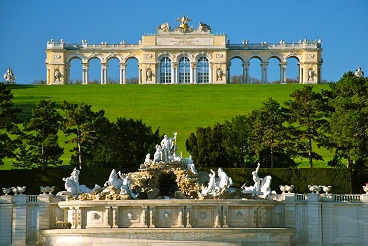Protecting historic sites through smart monitoring

Related topics
Environment & climate action Innovation Austria Croatia Germany Italy Poland Environment Jordan Palestine, State ofdate: 30/04/2014
Project: Smart monitoring of historic structures
acronym: SMOOHS
See also: CORDIS
Contact: www.smoohs.eu
“We focus on the different aspects of deterioration and damage of a structure that are related to these environmental factors,” explains Dr Markus Krüger, the project coordinator, from the University of Stuttgart, Germany. “Sometimes we are not allowed to touch the historical structure, so on one hand we have non-invasive test measures and on the other continuous monitoring,” he adds. Non-invasive monitoring is achieved through smart wireless sensor networks that avoid the need for unattractive and potentially harmful cables.
The SMooHS project was led by the University of Stuttgart in cooperation with other partners and a range of historic sites, such as the Schloss Schönbrunn in Vienna, the Bode museum in Berlin and the Pallazzo Malvezzi de’ Medici in Bologna. “One of the key advantages [of our project] was that we had a large group of partners – some restorers and some owners of cultural heritage objects. So we were able to understand the real problems and get a full picture of who does what in cultural heritage. It was quite interesting to learn from each other and to take into account the real demands of the cultural heritage to be preserved,” says Dr Krüger.
Each structure has its own specific set of problems, and the monitoring system had to be adapted to each end user. According to the project team, the system is being installed at more and more historic sites, and it is now in operation at St. Salvator chapel in Schäbisch Gmünd (in Germany), for example. “This chapel is carved out of bedrock and has faced severe problems stemming from the salt weathering of the natural stone,” explains Dr Krüger. “So we are doing some monitoring of moisture and humidity to get more information on how to conserve the structure for future generations.”
The project team also cooperated with Aachen University (in Germany) in the monitoring of environmental factors affecting the stunning, rock-cut architecture at Petra, Jordan – a valuable UNESCO World Heritage site.
The SMooHS system is currently being made available by a “spin off” company from the University of Stuttgart, which is partnering with Smartmote, a non-destructive testing specialist, for one part of the system. “We have now commercialised the system, certified it and are offering it to the market,” concludes Dr Krüger.
